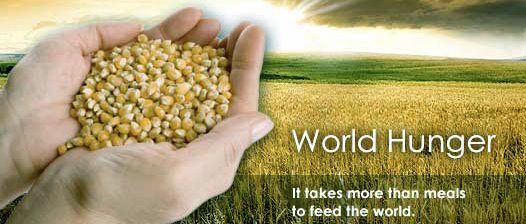Curriculum Objectives
The above goals have been further delineated through the program’s foundation objectives. These
objectives, in turn, drive curricular planning and development for the first year of the M.S.W.
program. They include:
1. Practice within the values and ethics of the social work profession including:
A. Identifying and articulating one’s own personal values, prejudices, and biases;
B. Recognizing how one’s own values impact on assessment and intervention;
C. Employing the NASW Code of Ethics in social work practice;
D. Identifying ethical dilemmas affecting practice and services to clients;
E. Resolving ethical dilemmas using appropriate decision-making processes;
F. Practicing without discrimination on the basis of age, culture, class, ethnicity,
disability, gender, national origin, race, religion, or sexual orientation;
G. Engaging in continued professional growth and development.
2. Demonstrate culturally competent practice for work in diverse political and cultural contexts
including:
A. Recognizing diversity within and between groups;
B. Recognizing one’s own reactions to clients who are different from oneself;
C. Using interpersonal skills to support understanding and tolerance for human
diversity.
D. Working to ensure social services are culturally relevant and appropriate;
E. Recognizing the forms and mechanisms of racism, oppression, and discrimination
and their impact on client systems;
F. Critically analyzing and applying culturally appropriate theories and knowledge about
client system functioning within environmental contexts;
G. Employ an ecological perspective when engaging in assessment, planning, and
intervention.
3. Use practice knowledge and skill to promote alleviation of poverty, oppression, and other
forms of social and economic injustice including:
A. Analyzing historic and current trends in social welfare policy and service delivery;
B. Analyzing policy research relevant to service delivery;
C. Using knowledge of economic, political, and organizational systems to pursue
policies consistent with social work values;
D. Recognizing financial, organizational, administrative and planning processes needed
for social service delivery;
E. Formulate, analyze, interpret, and influence social policy and service delivery issues.
F. Using interpersonal skills to affect social change in systems of various sizes.
4. Function effectively within the structure of organizations and across service delivery systems
including:
A. Using appropriate practice-relevant technologies within the context of organizational
resources and facilities;
B. Using supervision and consultation appropriately to improve practice and enhance
services to clients;
C. Promoting nondiscriminatory social and/or agency policies that enhance social
functioning and interactions of individuals, families, groups, organization,
communities, and society, alleviate poverty and oppression, promote social and
economic justice, and ensure culturally competent practice;
D. Employing/participating in efforts to evaluate program effectiveness.
5. Use the generalist practice model and advanced practice knowledge and skills with client
systems of all sizes including individuals, couples, families, groups, organizations, and
communities including:
A. Using knowledge and theories of individual, family, group, organizational, and
community development to assess interactions among individuals and other social
systems;
B. Appropriately applying relevant research findings to social work practice;
C. Employing evidenced-based best practices when using professional knowledge and
skills;
D. Using communication skills appropriate to client systems, colleagues, and
community members;
E. Applying critical thinking skills to social work practice;
F. Working collaboratively with professionals from other disciplines;
G. Evaluating one’s own practice effectiveness and sharing findings appropriately;
H. Demonstrating professional (conscious) use of self in social work practice;
I. Utilize a strengths perspective in assessments, planning, and interventions;

